This is the third and final installment of Sudden Journeys, Part 1 and Part 2 of this series.
From Hebron to Jenin and the North, and back to Jerusalem
Jenine Abboushi
On the morning of the second day of the Eid of the Sacrifice, I stepped out of a service taxi into Hebron’s deserted streets. Though guided by no road signs, the driver knew the way to our destination, through zigzagging turns and, to me, unfamiliar Israeli urban expansion. We passed by Hebron’s vineyards, which I conflated with the southern reaches of Tyre (Lebanon), as well as with parts of the Moroccan oases. The landscapes of harsh, forgotten poverty bring these worlds together.
In one part of the souq, families have to enter their homes through their windows (hoisting groceries and small children), as the Israelis have long sealed off access to these houses’ front doors.
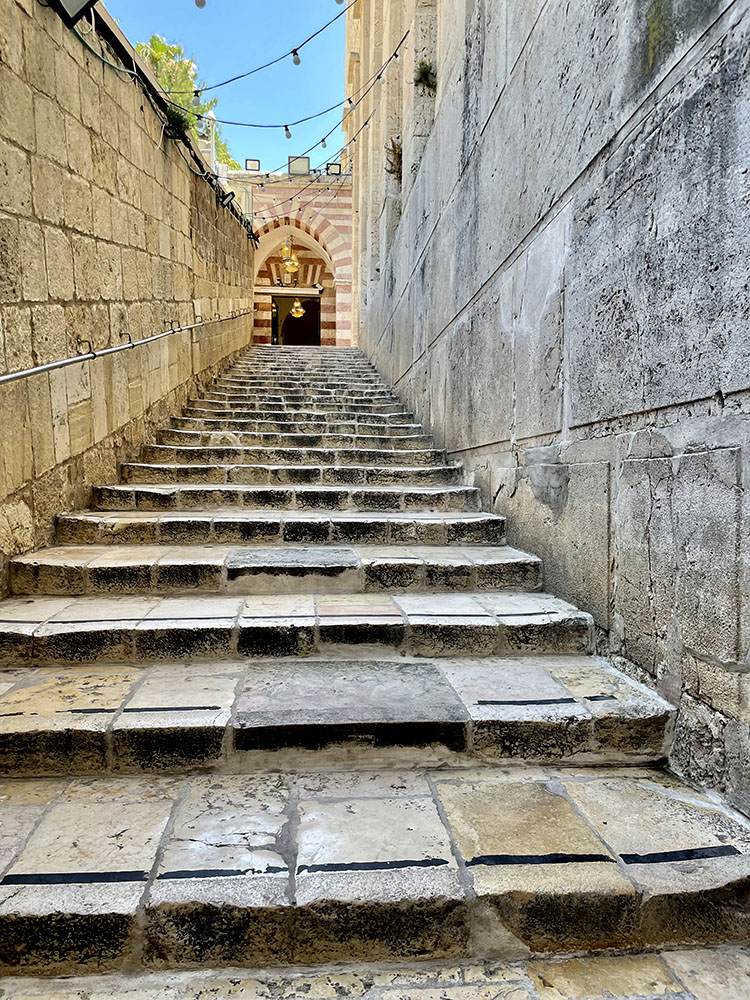
From the top of the hill, I walked down to an empty, forsaken market strewn with holiday debris. A lone shop selling parakeets and flowers was open. There was also a fellow making falafel, busy slicing tomatoes and arranging fuchsia-colored pickled turnips on a long-board table in front of his shop. An old man wearing a dishdasha, who told me he had lived in the old city all his life, appeared and was intent on leading me further into the barricaded souq. Instead of turning the corner to get from the mosque to the cemetery, he pointed out that funeral processions must now circle the town for five kilometers to reach the cemetery, which is next to the settlements. He instructed me where to climb up high in this Old City, sometimes maneuvering through barbed wire, to get a view of the riches seized by the Israeli settlements. For decades now, settlers have built a ghetto by their own hand, quite literally confining themselves and everyone else, with over 100 barricades and 18 checkpoints in the small area of the Hebron souq, which is an ancient trade center, and was recently made a UNESCO world heritage site. Israel confiscated a large percentage of Hebron’s land, subjecting destitute townspeople to captivity and daily abuse in their historical homes and lands.
The medieval Ibrahimia mosque, built on what the Israelis believe is the burial site of the patriarchs, is now barricaded from the inside, having lost 60 percent of its interior to Israeli settlements. The Israelis have seized entire homes. And it is these Israeli-occupied Palestinian homes and businesses in Hebron’s old city that best showcase the neurotic nature of Israel’s colonization — that is, if only the nature of these brutal arrangements were properly communicated to the world. In one part of the souq, families have to enter their homes through their windows (hoisting groceries and small children), as the Israelis have long sealed off access to these houses’ front doors. Indeed, the Palestinians of Hebron are hidden, left for generations now at the mercy of the Israelis surrounding them. Last month, Israelis danced inside the Ibrahimia mosque, boots on rugs. Following this disgraceful frolic, they burned the mosque’s Qurans, discarding the charred pages and bindings. The willful deception of limiting blame to settlers and “Israeli extremists” for Israel’s systemic brutality and theft is exposed yet again by Netanyahu’s appointment of Itamar Ben Gvir, resident of Kiryat Arba, a large Israeli settlement in Hebron, as the country’s national Security Minister.
Much of the world seems to grant Israel freedom from historical irony, thereby supporting and sustaining its annihilation project against Palestinian society. Israeli expansion and rule in Hebron, cut off from the world by both physical and virtual (media) blockades, is not an exception, but rather the model of Israeli policy in Palestine. And the Israelis are creating many more Hebrons. Benefiting from the near absence of international concern, the Israelis busy themselves sequestering the Palestinians into tiny, densely populated territories, seizing most of the land of Palestine and its water, but all the while failing to develop a workable way to get rid of its people.
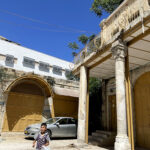
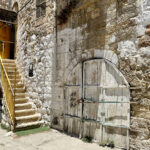
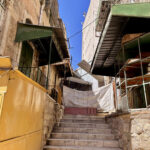
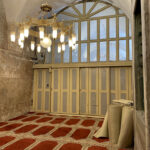
The next day I headed to Nablus and the north. Nablus and Sebastia are particularly coveted by the Israelis, as certain locations in these towns figure in Jewish religious texts and lore. The north is hidden from international view, deliberately so, as the Israelis wish to secure a secret playing field where they can commit war crimes by their methods in forcibly quelling Palestinian resistance movements in Jenin camp — which has grown to cover 30 percent of the town, and in Nablus, where the latest home-grown resistance movement, the “Lion’s Den,” has taken root. Shireen Abu Akleh was executed (with simultaneous attempts on her colleagues’ lives) as a warning to any journalists who attempt to shine a light on what the Israelis are doing to Palestinians in Jenin camp and in the north in general.
Israeli assassinations of Palestinians in the north in particular take terrifying forms. Friends from Arraba took me to see the internationally-funded restoration of beautiful historical buildings. The idea to reroute pilgrims and visitors from the Jerusalem-Bethlehem area and into the north strikes me as a potentially brilliant way of rendering this region less hidden from international view. Along the way, my companions showed me the most important sites of all — and they were ones I could not see. We got out of the car just outside of Arraba. “It was just there,” my companion said, pointing to the side of a road with agricultural fields and low mountains in the background, gesturing as if something were there. We gazed at the scene as he explained: “On the fourth day of Ramadan, a civilian car stopped here — right here!” He said this while advancing to a point on the asphalt. “Two Israeli agents got out of the car,” he continued, “assassinated two shabab, young Palestinian men, strolling together on this road, and took their bodies with them in the car.” What I could not see that day haunts me today.
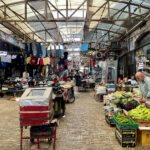
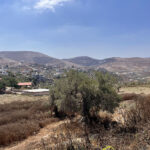
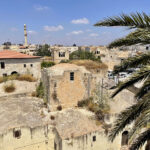
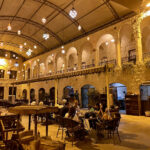
All over the West Bank, Gaza, and Jerusalem, the Israelis steal the bodies of assassinated Palestinians, refusing to return them to their families. The Israelis admit to keeping them in their cemeteries of numbers, and in fact in 2018 they passed legislation making it “legal” to retain Palestinian corpses, against international humanitarian laws and the Geneva Conventions, according to Al Haq. The Israelis started this practice in the 1970s against the Palestinian liberation movement, supposedly to use corpses as barter and inflict punishment on Palestinian families, who cannot mourn or even fully believe their children were killed because they never buried them. In the past, Palestinian doctors noticed that organs were missing from Palestinian martyrs’ bodies that were returned to their families. In 2009, Israel admitted to having extracted organs from Palestinian corpses, but claimed that it had stopped this practice in the 1990s.
If Zionism creates “cancerous” bodies without organs in terms of its accelerated production of divisions, hierarchies, and barriers, in the Deleuzian sense (as discussed in the opening of this three-part essay), the Israeli state also creates literal bodies without organs. Activist Palestinians, families with their children’s cadavers stolen by the Israeli army, founded organizations , like the Association founded by Mohammad Alawan from Beit Safafa (whose son’s body was held by the army for a year and a half). The Association organizes legal action to demand the return of Palestinian bodies, and the number of names they publish of stolen Palestinian martyrs is in the hundreds (Al-Haq sites over 265 bodies).
And it so happens that Israel has the biggest skin bank in the world, The Israel National Skin Bank, founded by the army. The harvested skin is sold and exported, but the Bank’s founding and main purpose is to graft it onto wounded Israeli soldiers. This, in a country with dominant religious practices that require the physical integrity of the deceased upon burial. There are marginal challenges in Israel to this religious law, requests to religious authorities to make exceptions if Jewish lives can be saved by organ donations. But exceptions to this law are rare.
In a video report, two well-known, leftwing Israeli reporters, Guy Meroz and Orli Vilnai, walked into the Israel National Skin Bank and asked what percentage of the Bank’s “donated” skin is Israeli? The woman working there at first protests that they ask a “strange” question, and one of the journalists retorts, “Is the question strange or is the answer strange?” Then she admits that most of the skin harvested for the bank is non-Israeli. This makes sense, given the interdiction of Jewish law. So where could all that harvested skin be coming from? This question begs further investigation, but while Palestinians have no access to the resources in Israel needed to conduct this research, Haaretz and B’Tselem do.
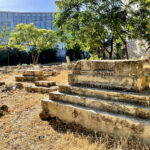
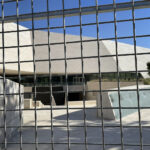
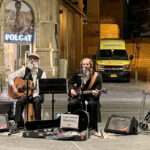
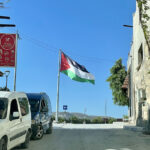
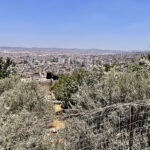
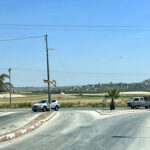
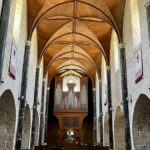
Early Sunday morning, after my trip to the north of Palestine, I returned to Jerusalem and visited the new Museum of Tolerance (also named the Museum of Human Dignity), which is built on Mamilla, a historic Palestinian Muslim cemetery. Haaretz calls it an “ancient Muslim” cemetery, which it is (with a glorious historical registry of Sufis, Amirs, and notables, from Crusader to modern times, including, it is said, several of the sahaba, the companions of the Prophet Mohammad) — but this language obscures the fact that Manilla is Palestinian, part of Jerusalem’s historical record, and also that it was a “living,” used cemetery until recently. “The bulldozing of historic cemeteries is the ultimate act of territorial aggrandizement: the erasure of prior residents,” says archeologist Harvey Weiss of Yale University, adding that “the desecration of Jerusalem’s Mamilla cemetery is a continuing cultural and historical tragedy.”
Palestinians from Jerusalem are buried here, many from prominent historical Palestinian and regional families. My friend Ruba walked through with a friend from the Dajani family who pointed out her relatives’ graves. The Islamic Waqf and Al-Aqsa lost their suits in the High Court against the museum’s desecration project, and hundreds of Palestinians’ tombs were dug up to accommodate this Israeli Museum of Tolerance, which was built literally into Palestinian graves and on Palestinian land, mocking human rights, international law, and justice. This not only passes unnoticed, but the Israeli violations continue to receive the approval of world celebrities. The then-governor of California Arnold Schwarzenegger, for instance, participated in the cornerstone celebration, and architect Frank Geary only stepped down as architect due to financial disputes.
I visited Mamilla with a friend. We came upon a down-and-out Palestinian lying next to the now derelict historical mausoleum — our people’s last night guard, it seemed, of Jerusalem’s history. Groups of Israeli thugs regularly pass by, smashing and damaging the tombstones and axing off parts of the beautiful Kebekiyeh, where the amir Aidughdi Kubaki was buried in 1289, as they maraud gleefully through a path of tombs, shrubbery, and old trees that links two streets of West Jerusalem. The tombs further afield, which I reached on my second visit there before leaving the country (making my way through high, dead grass and thistles) still have inscriptions, and some are even mostly intact. It is easy to deface and destroy tombstones, as the Israelis can claim that time and weather are the culprits (but specialists can readily identify the vandalism — that is, if only someone from the international community of archeologists would bother to do so).
On that Sunday morning of my second visit to Mamilla, I looked through the openings to the museum that is not yet open. I observed the walkway leading up to the main door, with artistic representations of famous faces accompanied by texts, like those of South African Nobel laureate, Nadine Gordimer. I circled the museum to the back, where Manilla’s tombstones reach up to and against the wall of the Museum of Tolerance — lots of tombstones. It saddened me to imagine that Israeli society and visitors to Israel have dehumanized the Palestinians to the point of not questioning this scandalous scene of desecration and erasure of historical artifacts and memory. Many will enter through the front only, just as they are instructed to never enter the West Bank, meaning that most will not stroll through this park of historical annihilation.
I took my return flight the next day. The jet out of Tel Aviv was full of Israelis returning to the United States, many of them ultra-Orthodox. Jerusalem is heavily ultra-Orthodox, and much of the real estate is purchased at astonishingly high prices by American Jews who benefit from Israel’s 10-year tax break. Jerusalem is full of empty apartment buildings of owned apartments, trophies of Israel’s legal money laundering of sorts (which is in fact similar to Beirut’s empty skyscrapers of purchased apartments — as in the Raouche area, which helped create off-shore wealth and local poverty in Lebanon).
The Hasidic Jews on the plane did what they wanted, mingling, standing up, opening suitcases, changing places, passing food across seats and other passengers, at any and all times — but in a mild-mannered, socially insular way, oblivious to airplane regulations. The staff looked desperate, having spent the flight begging and cajoling the unruly passengers. Next to me sat a woman with conservative clothing, seemingly from another era and world, and a wig. She struck up a conversation. I learned that she was born and raised in Detroit, and I mentioned that I too was born in Detroit. We discovered we were born in the same hospital, that we were the same age, and that both of us had two children nearly the same ages, a girl and a boy, with the older one in both instances a lawyer.
Soon, the woman started to look worried. When she asked me my name and I answered, she looked confused, saying she didn’t remember my family from Detroit. Then she asked me if I was Jewish. I said no, and she repressed her surprise when I said that I was Palestinian. The coincidences were astonishing; the overlap of our lives stunned her. But when I told her about my trip and impressions, she said that she had never heard such things before, that she had no idea about the Palestinians behind the wall. She said that what I described was terrible. I too had never spoken at length with anyone from her community. I felt lucky to have met and learned from her. We are as different as possible, yet moving, it seems, along parallel paths.
The idea that if only “the two sides” meet and get along personally, “peace” would be possible has always been so tiresome. We can find friendly, personable people in any group. The problem is the ideas and practices of Zionism, and complicity with its crimes, which have caused so much death, destruction, and loss. That, and Israeli state greed. Consequently, there must first be post-Zionist recognition of historical injustice, followed by reparations. As long as Zionism is still in operation and receiving lots of help, the Palestinians will remain bone-tired of silent “friends.”
And yet the way dehumanization and violence works is always through separating people, including social classes and children in segregated neighborhoods and schools. Who will allow me, as a Palestinian, to buy an apartment in Israeli Jewish neighborhoods of Jerusalem, Tel Aviv, or Haifa (if any decent ones were affordable), and mix my generations with theirs?



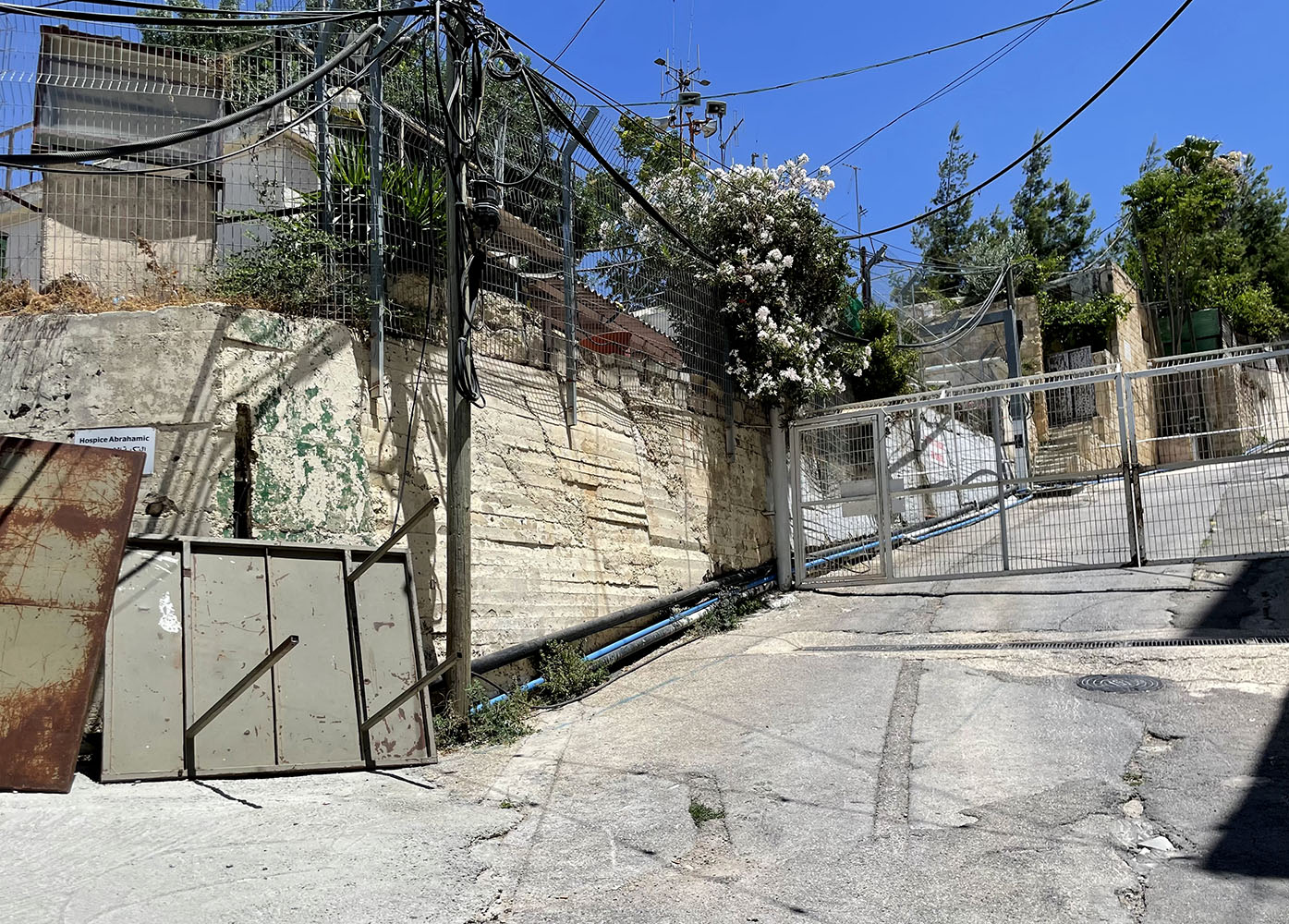

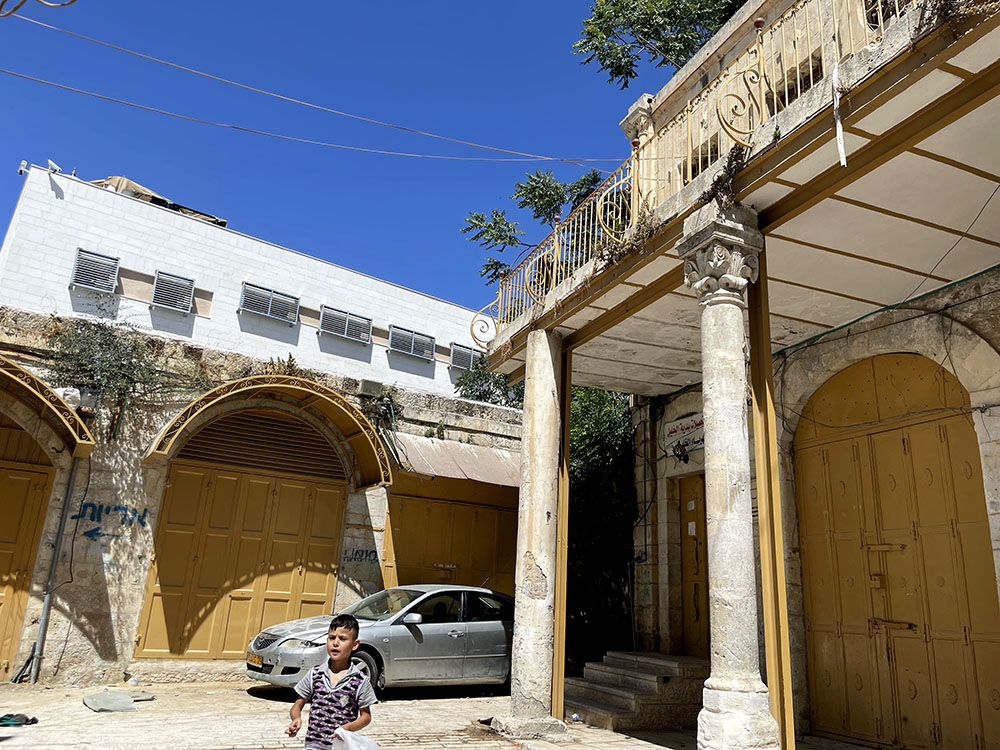
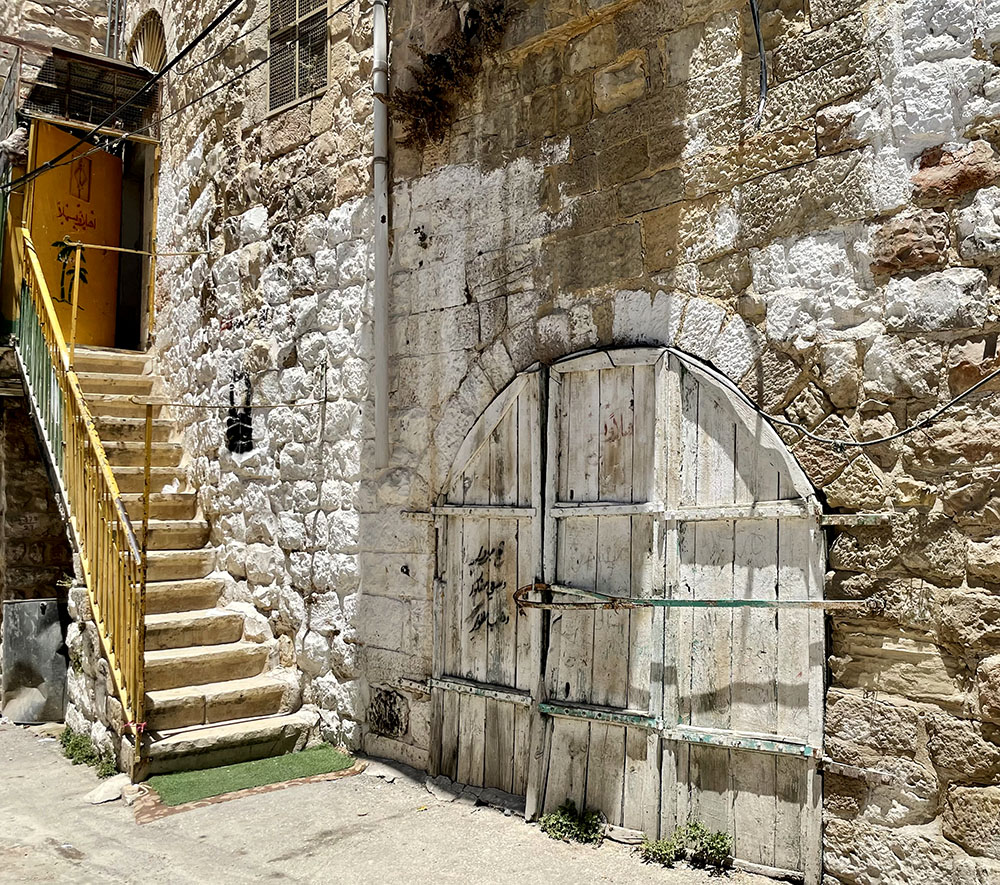
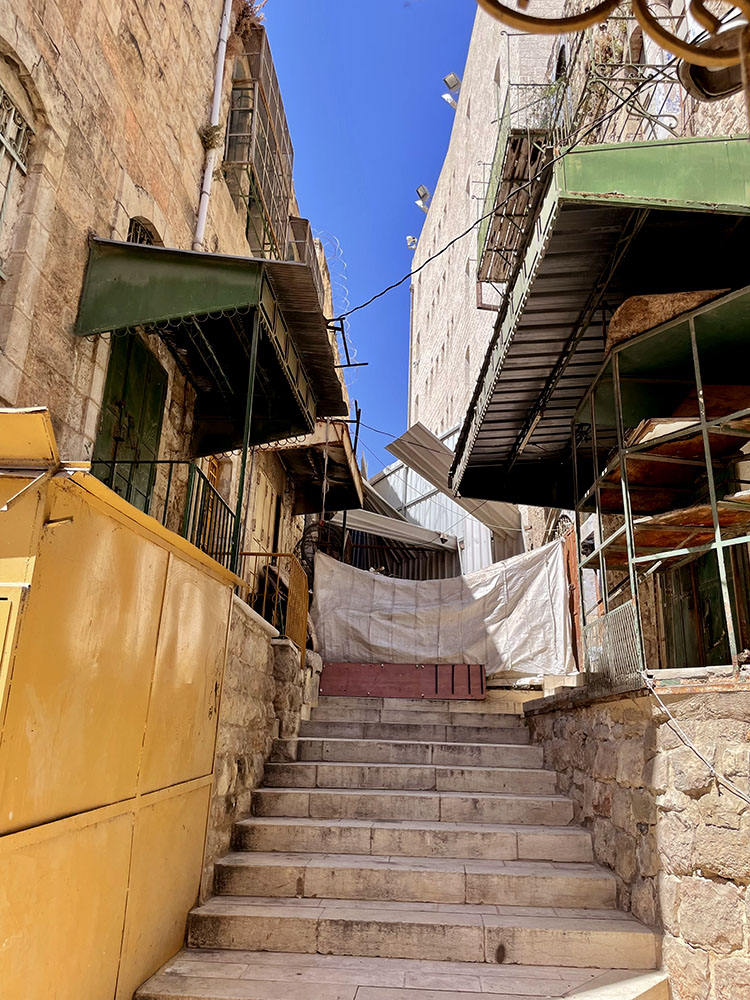
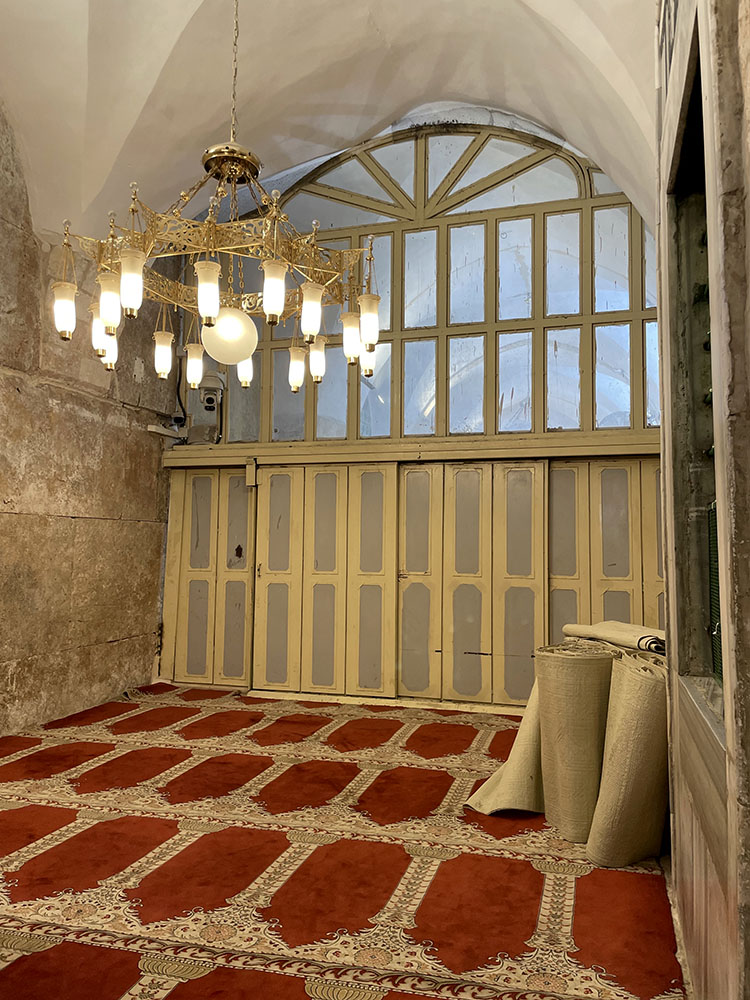
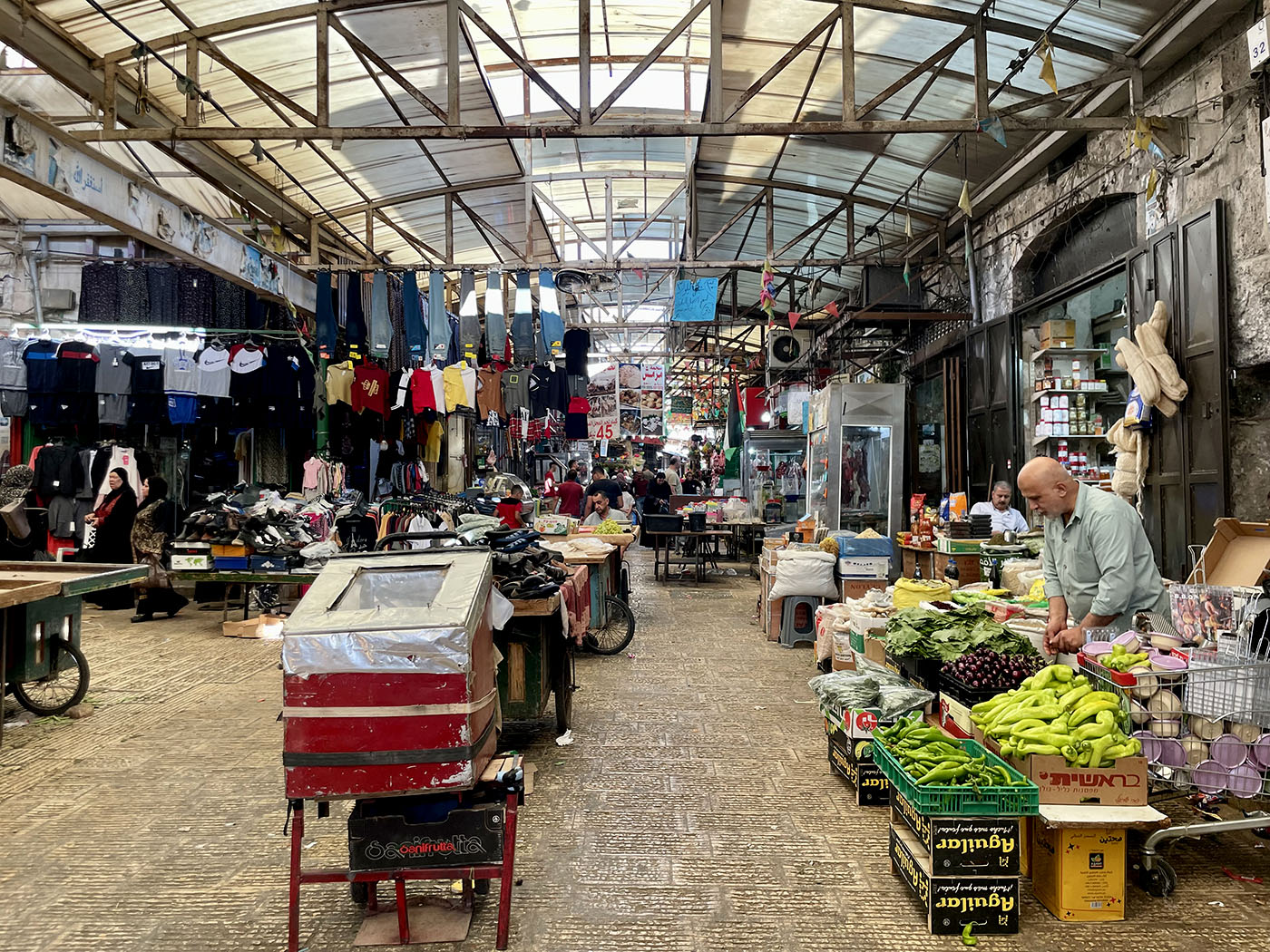
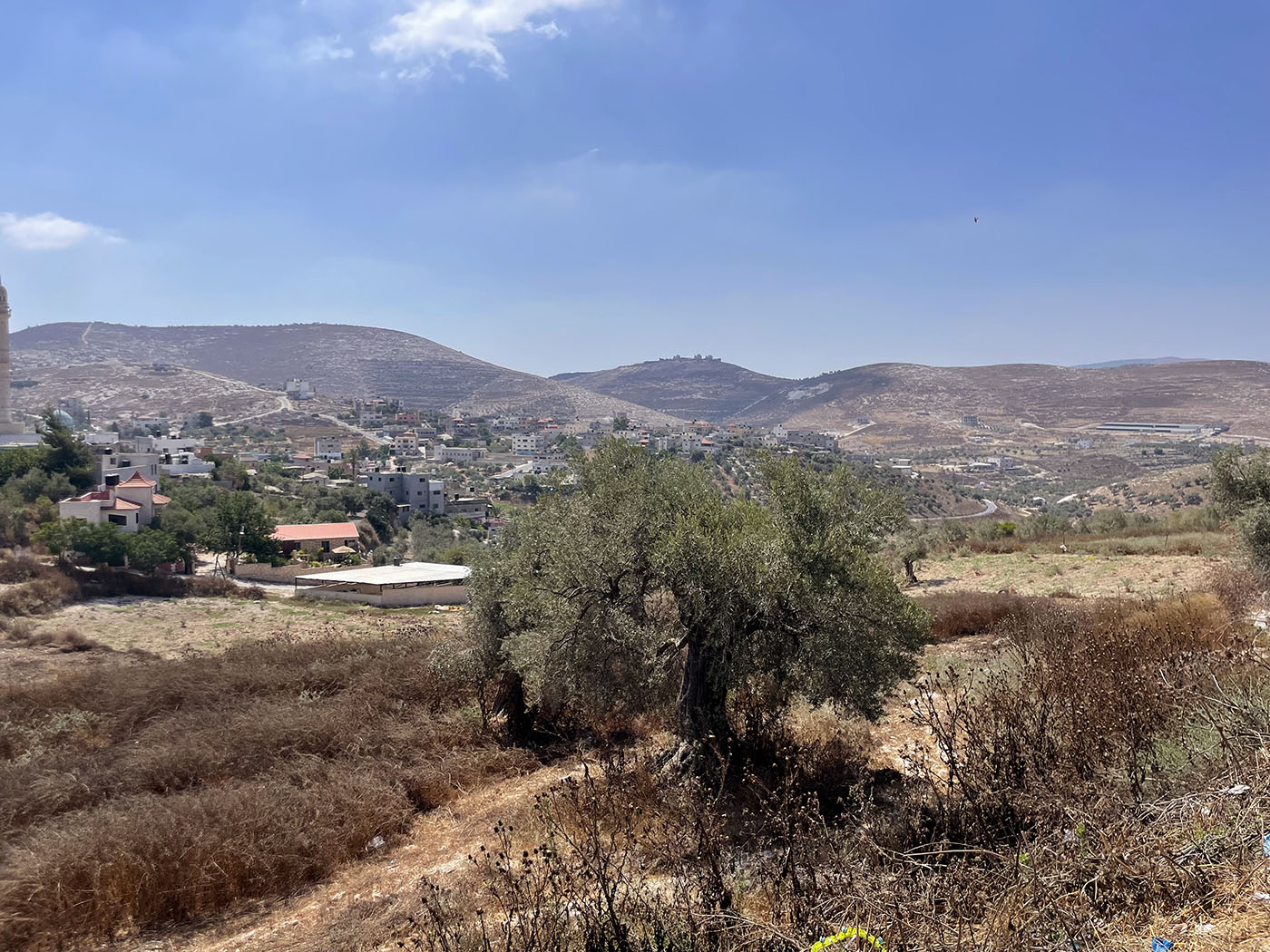
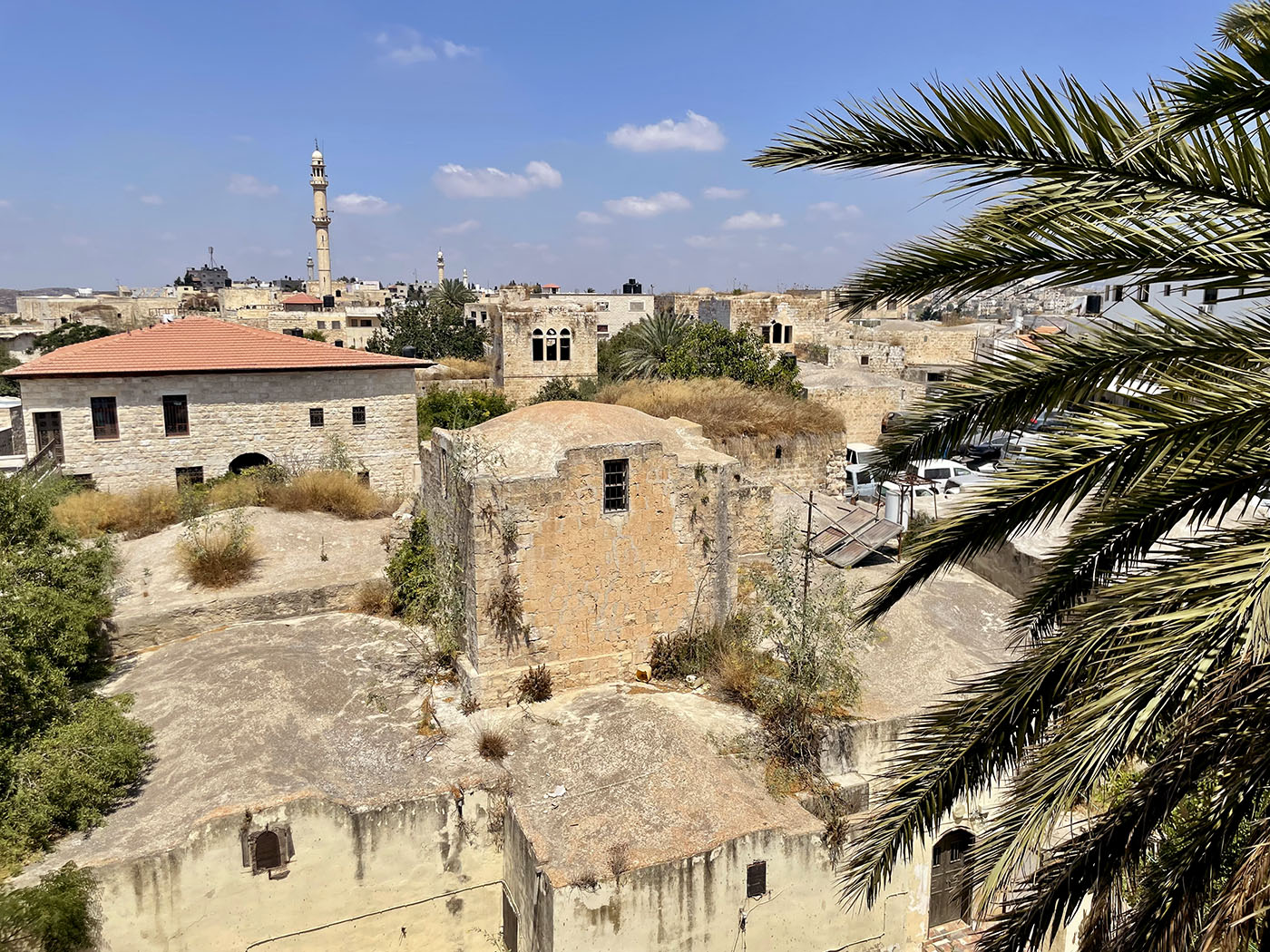
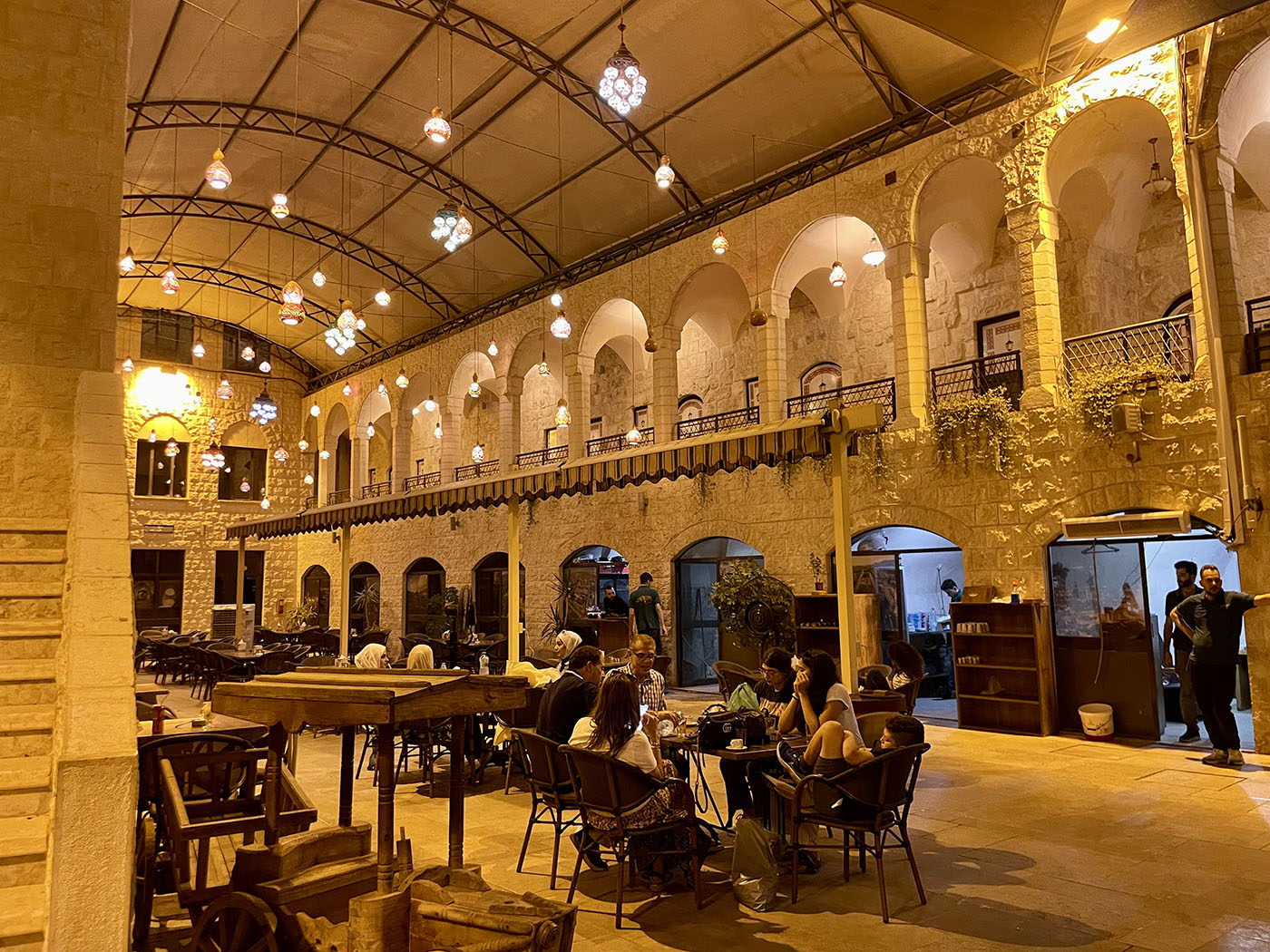
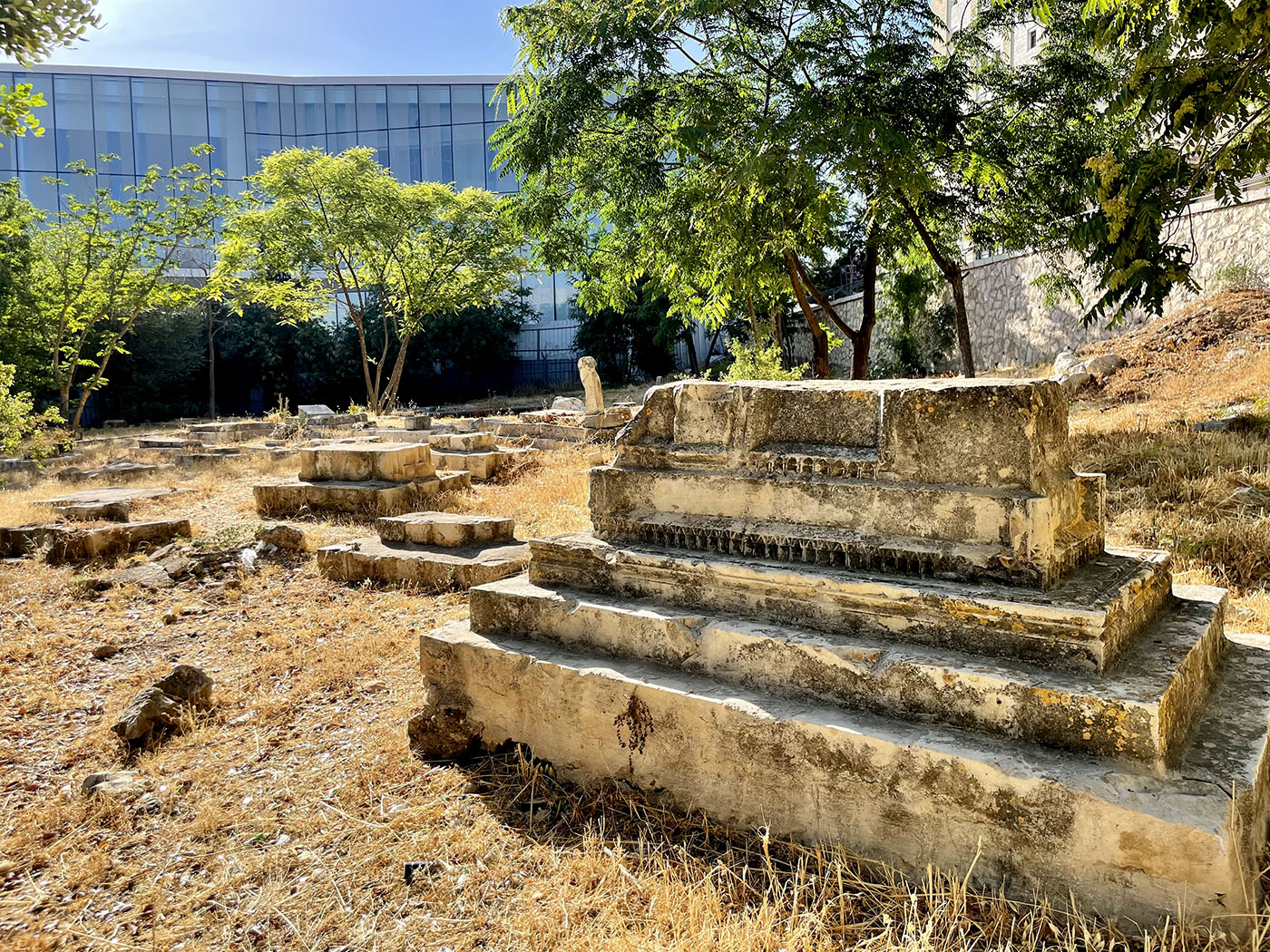
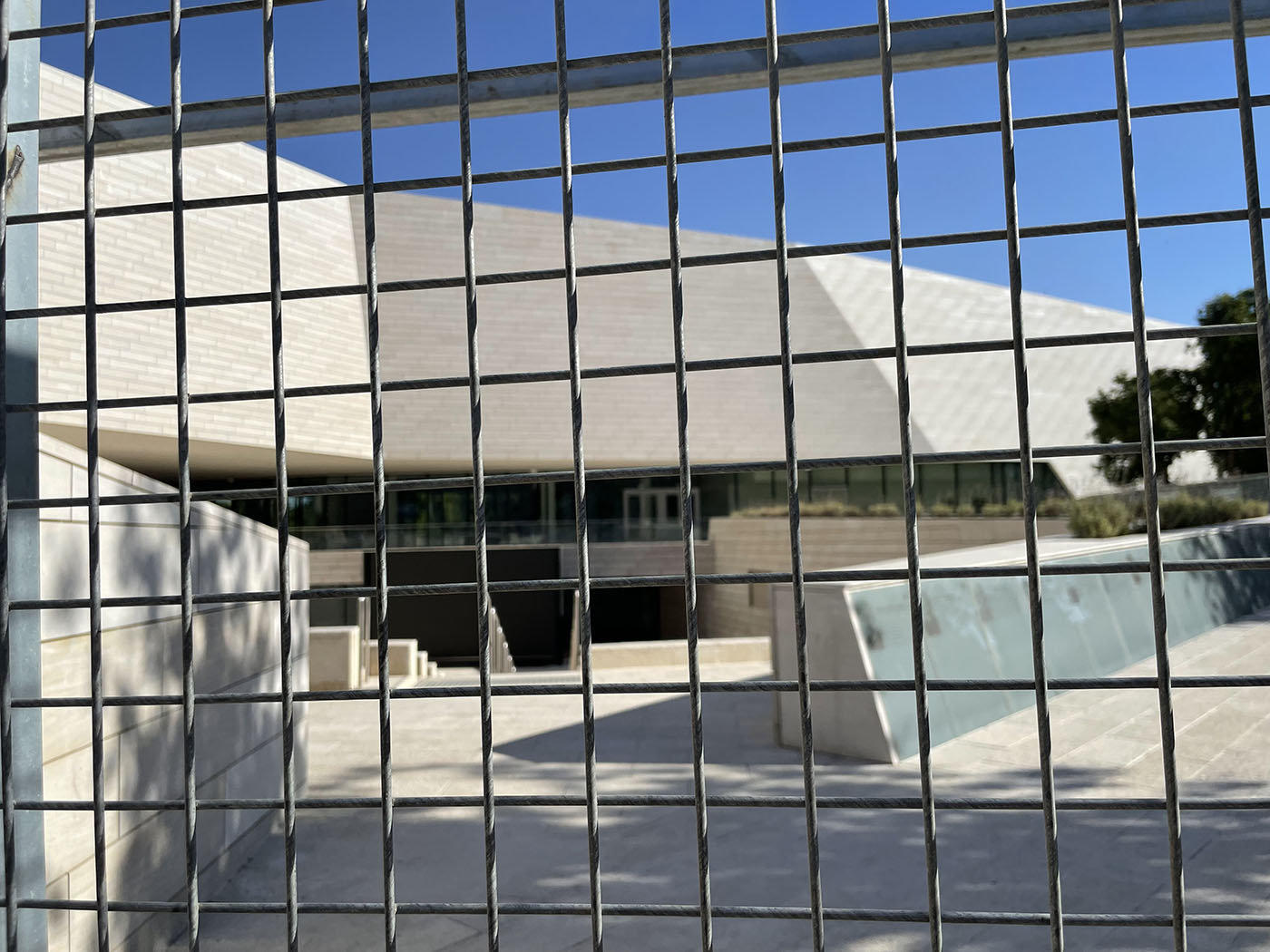
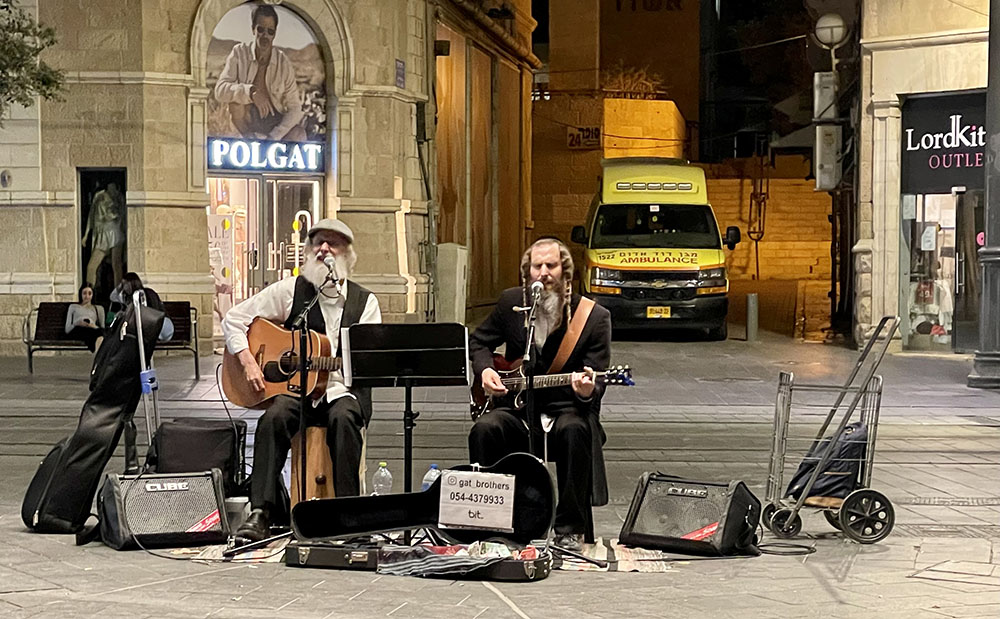
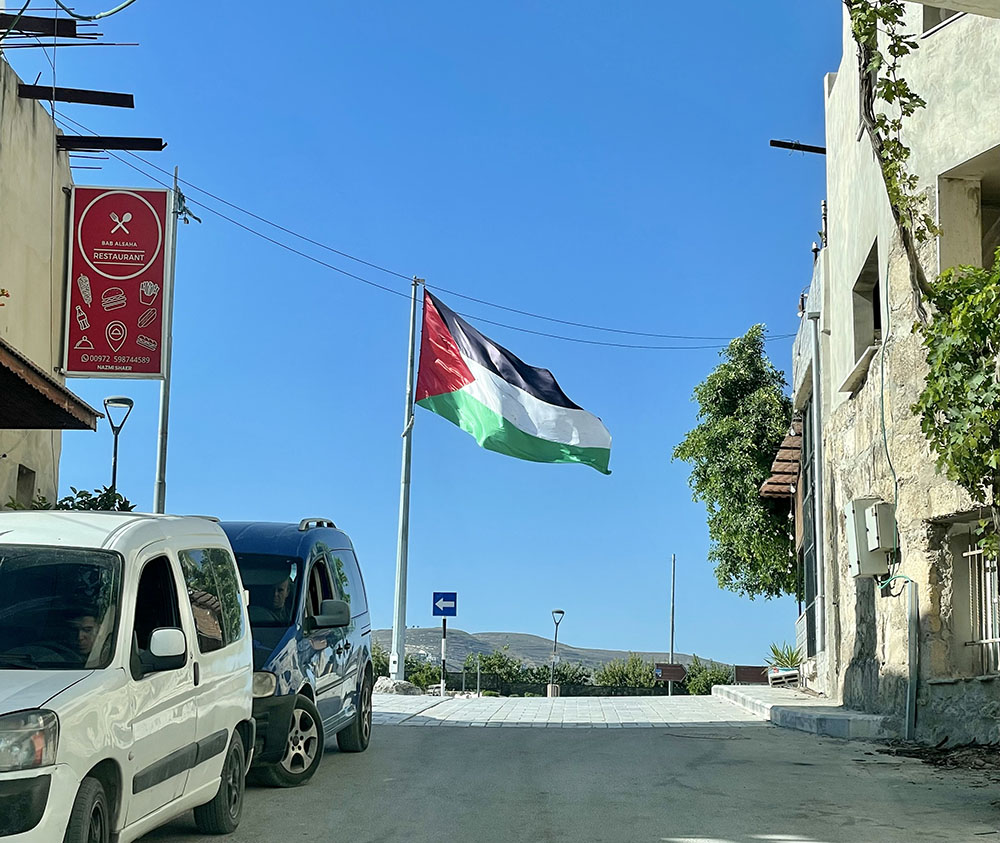
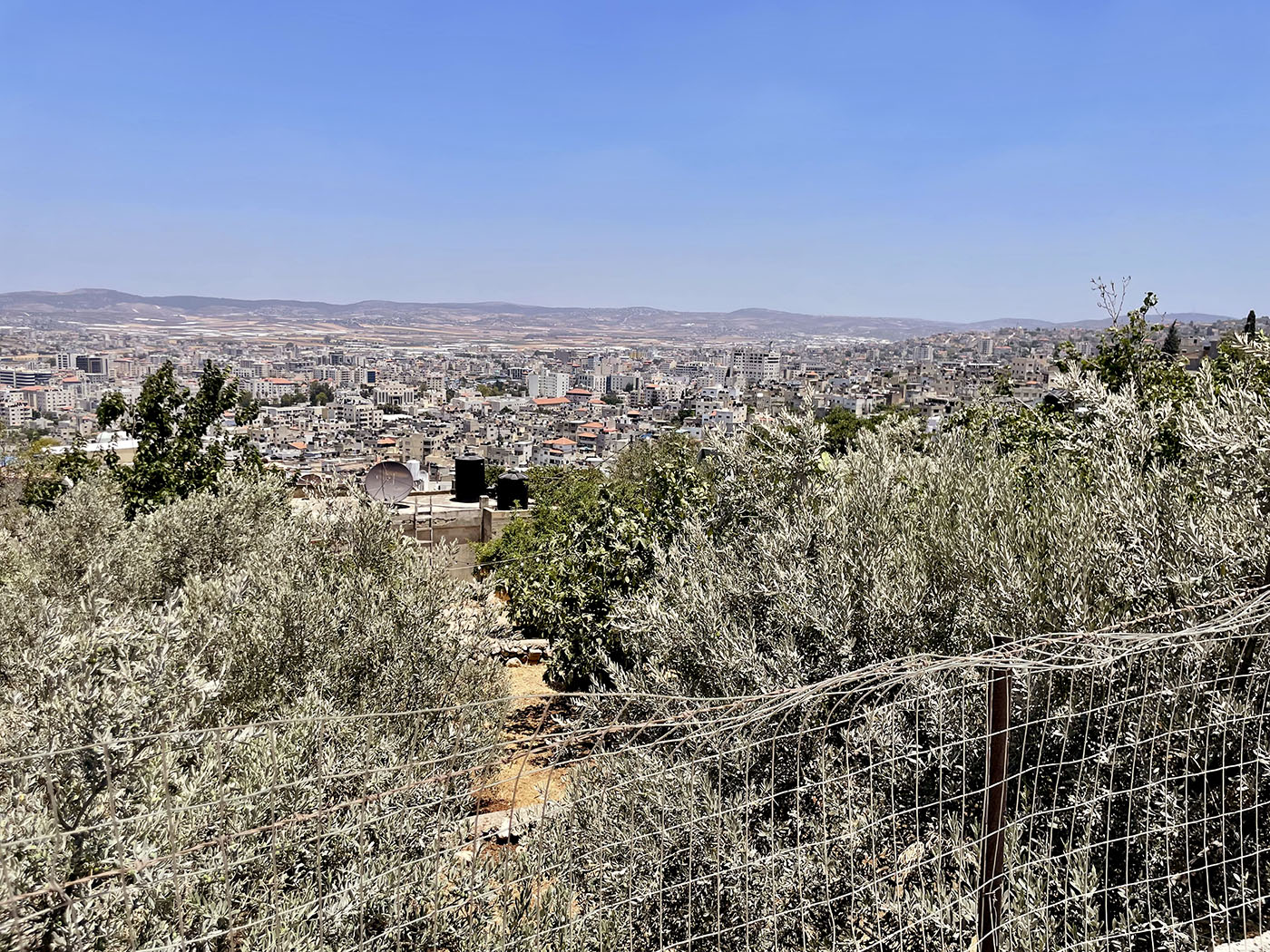
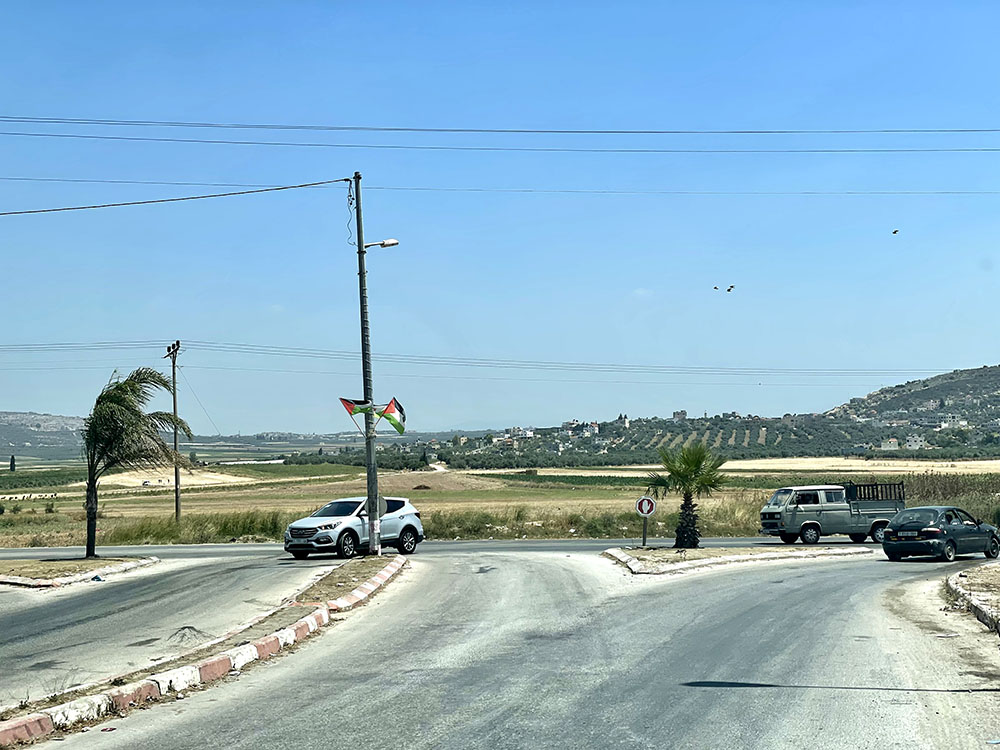
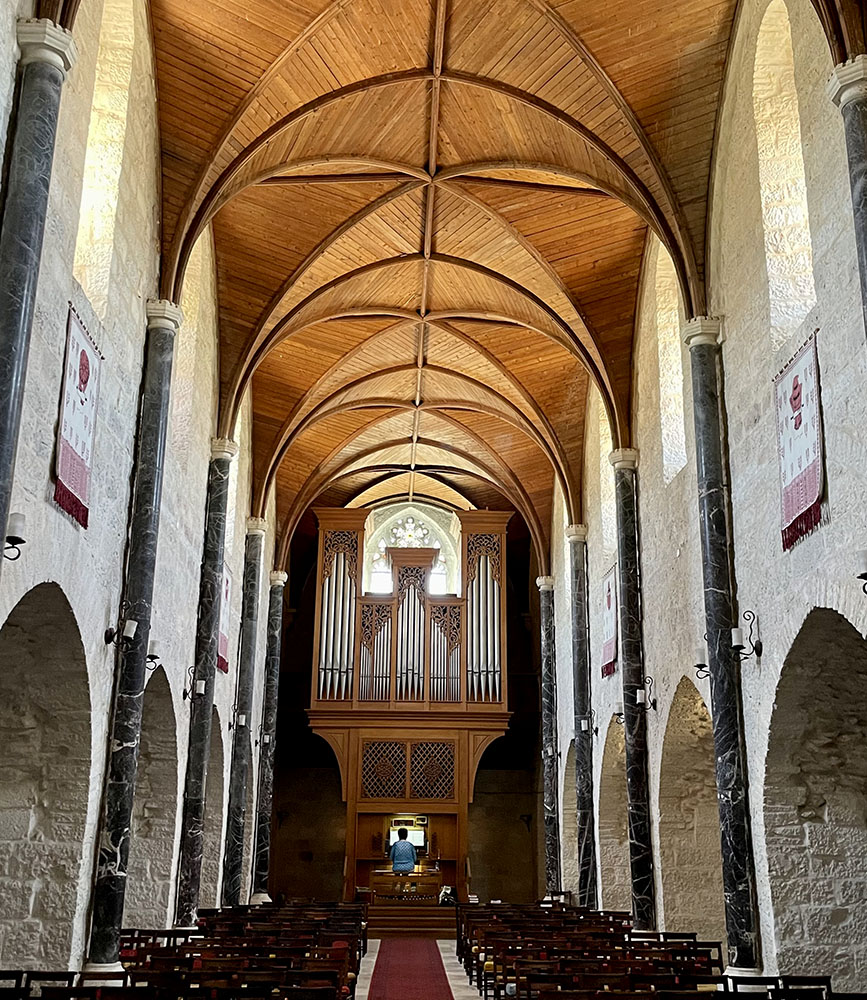
This third installment highlights again that the Israelis are committing the same atrocities that were committed against their ancestors less than a century ago. It highlights the hypocrisy of the international community’s silence to the daily torture of the Palestinians, even the dead ones!
I thoroughly enjoyed the series which conjured all sorts of emotions within me. Thank you, Jenine .
Thank you for this extraordinarily illuminating and wonderfully-written piece.